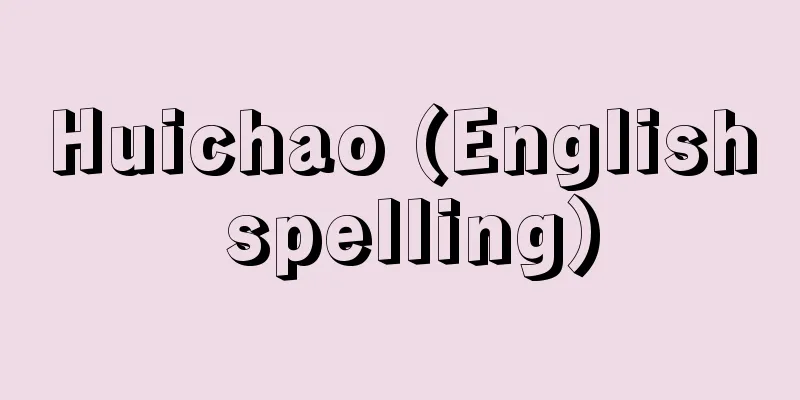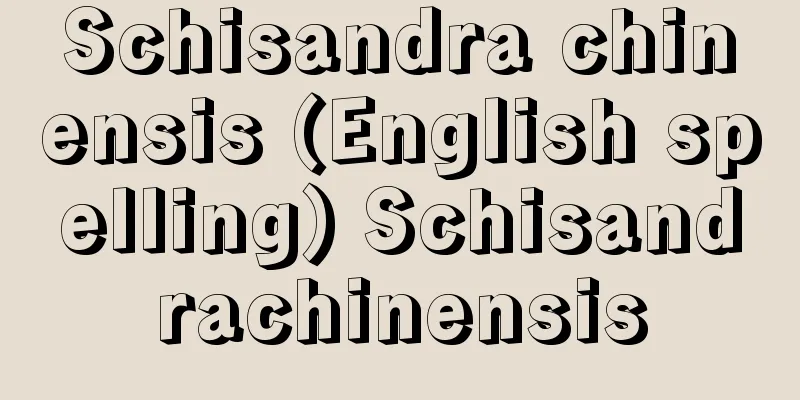Cheers - Kanpai

|
At banquets and other events, this involves clinking sake cups together and drinking down the entire bottle of sake to celebrate good fortune, health, prosperity, etc. It was originally a ritual performed at religious ceremonies. The reason it is said to drink the entire bottle in one gulp is because in the past, unstable sake vessels made from animal horns or seashells were used. At banquets, it is usually an elder to lead the toast. The words and style of the toast vary depending on the customs and traditions of each country. At formal banquets, it is done after dessert or before greetings. However, at wedding receptions and private banquets, it is often done before each meal course. The drink varies depending on the food, but champagne is common for Western food. However, each country uses alcohol that is suited to the food. In Britain, in addition to "toast," other words such as "prosit" (for congratulations) and "cheerio" (for farewell) are used when toasting. In France, people say "bravo" (praise) and "à votre santé" (to celebrate health). As such, there are various differences depending on the customs and practices of each ethnic group. The general way to toast is to hold the top of the glass with your right hand, stand up, and then raise your glass. Even though it is a toast, it is not necessary to drink the whole glass in one go. [Asako Ishikawa] Source: Shogakukan Encyclopedia Nipponica About Encyclopedia Nipponica Information | Legend |
|
宴会などで喜ばしいことや、健康、繁栄などを祝って酒杯を触れ合わせ酒を飲み干すこと。本来は宗教的な行事で行われた儀礼である。一気に飲み干すといわれているのは昔、獣角、貝殻などの不安定な酒器を用いたためである。宴会の席で乾杯の音頭をとるのは長老がよい。そのときのことばや方式は各国の習慣、しきたりによって異なる。公式の宴会の場合はデザートのあと、または挨拶(あいさつ)の前に行う。しかし結婚披露宴や私的な宴会の場合は食事のコースの前に行うことが多い。飲み物はその食事によって異なるが、洋食の場合はシャンパンが多い。しかし各国それぞれの料理にあわせた酒を使う。 乾杯のときのことばとして、イギリスでは、トーストtoastというほか、プロージットprosit(慶祝のとき)、チェリオcheerio(別れのとき)と使い分ける。フランスでは、ブラボーbravo(賞賛)、ア・ボートル・サンテà votre santé(健康を祝す)といって乾杯する。このように民族の風習や慣習によりさまざまな違いがある。一般的な乾杯の仕方は、右手でグラスの上部を持ち、起立してから杯をあげるようにする。乾杯といっても一挙に飲み干す必要はない。 [石川朝子] 出典 小学館 日本大百科全書(ニッポニカ)日本大百科全書(ニッポニカ)について 情報 | 凡例 |
>>: Wan Pai (English spelling)
Recommend
nobility
… [Western] In Western history, the term aristocr...
Kaneko Totodokegumo - Kaneko Totodokegumo
…A general term for spiders belonging to the Antr...
Hedai (silver bream) - Hedai (English spelling)
A marine fish of the family Sparidae in the order ...
Ascension Day
…The ascension implies the announcement of the se...
Edo School
〘 noun 〙 A school that was active in Edo. ① A scho...
Panama hat - Panamabou (English spelling)
This hat is made from thin braided Sanadahimo str...
Moscow - Moskva (English spelling)
The capital of the Russian Federation. The Moscow...
Vocal fold nodule
Vocal cord nodules are small nodule-like protubera...
Rokuonji Temple
This temple is located in Kinkakuji-cho, Kita-ku,...
Anne Boleyn
1507‐36 Anne was the second queen of King Henry VI...
Aucoumea klaineana (English spelling) Aucoumeaklaineana
…Frankincense and myrrh, which appear in the Bibl...
Choi Chang-ik (English)
1896- A politician of the Democratic People's ...
Kingdom of Banten - Banten (English spelling)
A kingdom that flourished in Java in the 16th and ...
Kabosu, C. - Kabosu
...Alyabiev, Varlamov, and Gurilyov (1770-1844) c...
Spine - spine
In vertebrates, this refers to the main part of t...









